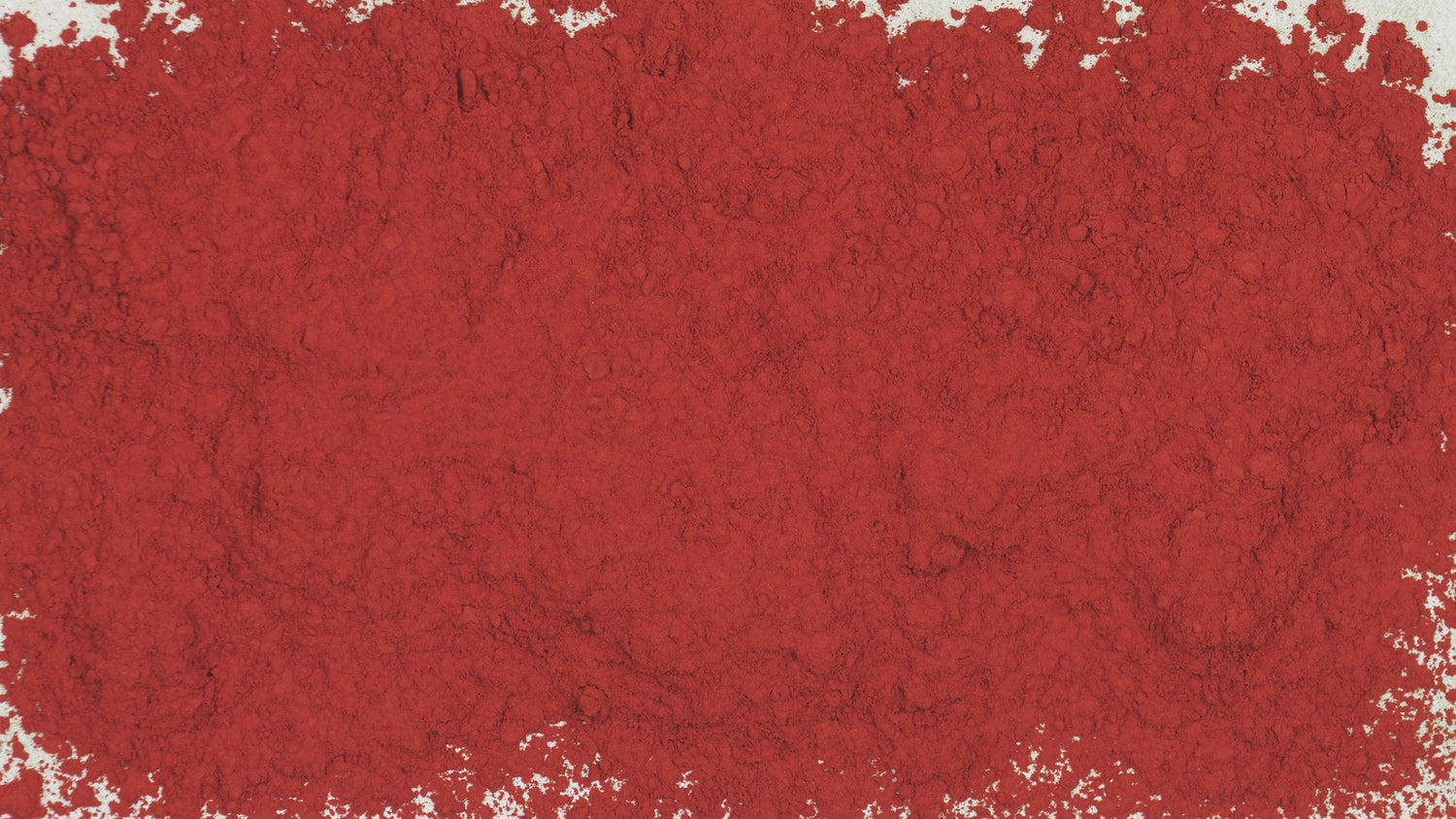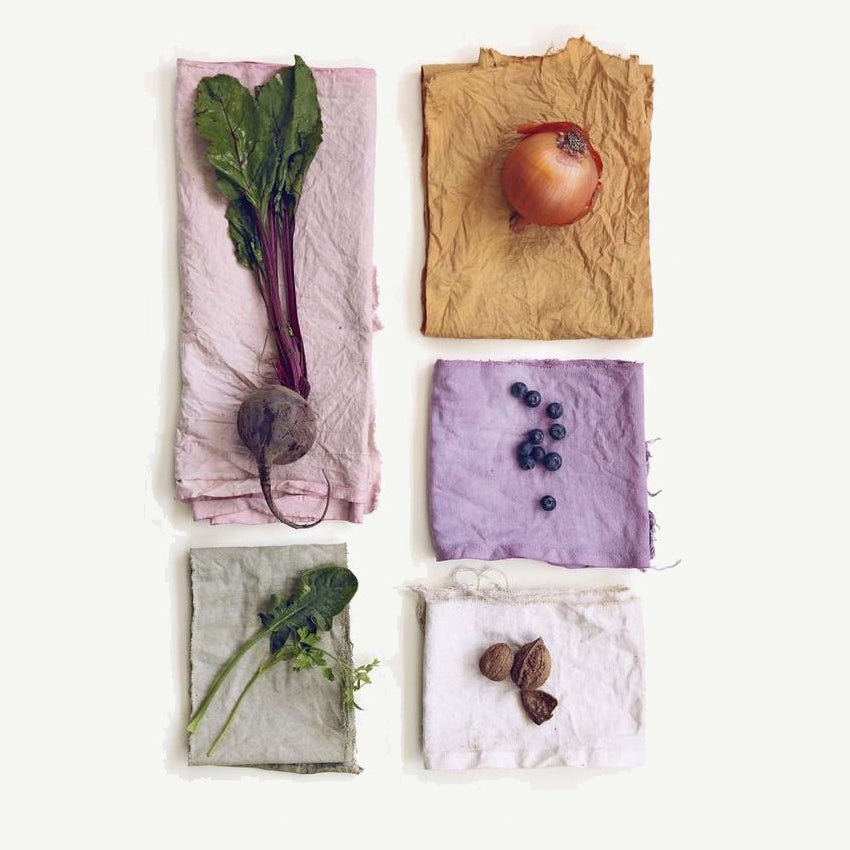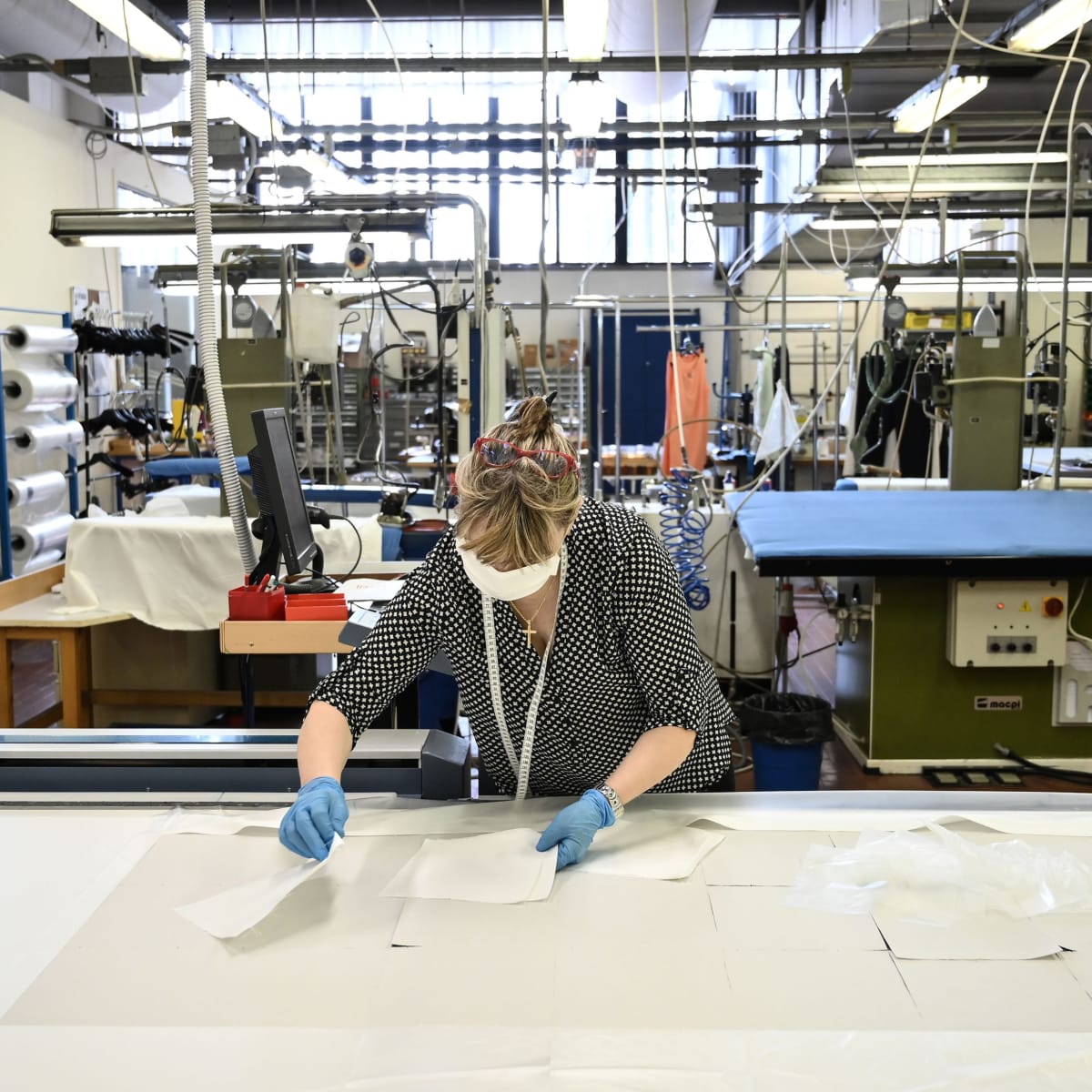EXTRACTION METHOD The method of extracting the pigment from the mineral: for the preparation of the pigment from the mineral the words of Theophrastus (4th century BC) are interesting: "it is a kind of bright sand, of a scarlet colour, which is collected and pounded in containers in stone, pulverizing it as much as possible; then, it is washed in copper vessels, and what remains is collected, pounded again and then washed again; what remains at the bottom is cinnabar”. The obtainment therefore took place by simple purification obtained from the grinding and repeated washing of the mineral. It is said that the Arabs learned from the Chinese the process of making cinnabar artificially. Venice was an important vermilion production center. It is made by mixing one part sulfur and five parts mercury, heating until a bright red powder is obtained. CURIOSITY Rosso Ercolano is a very ancient natural land, whose origins date back to ancient Rome. It is described by the historian Pliny the Elder with the name of "sinopsis", which derives from the city of Sinope where, according to the scholar, this pigment was discovered for the first time. It is also known as Pompeian red as it was widely used in the wall paintings of Pompeii. The name derives from the Greek αἷμα (haîma) which means "blood", in fact, according to the historian Theophrastus, the mineral would be similar to solidified blood. The red hematite, having a greasy consistency, due to the clays mixed with it, has been used since the dawn of time due to its resistance to bad weather, to brand livestock or draw property boundaries. From the use of hematite in graphic arts comes the current term "pencil" as this material was used to produce the first pencils
















